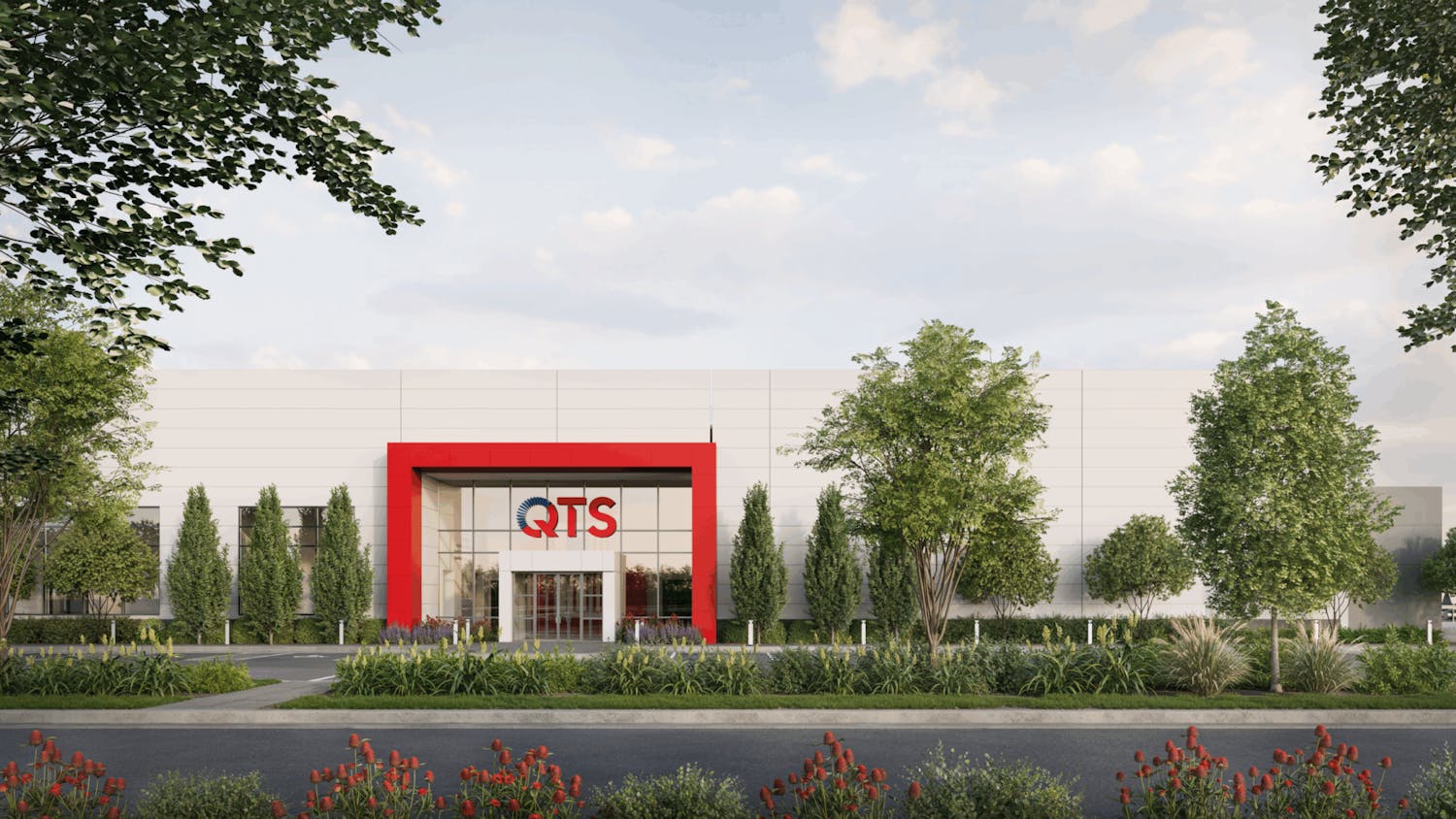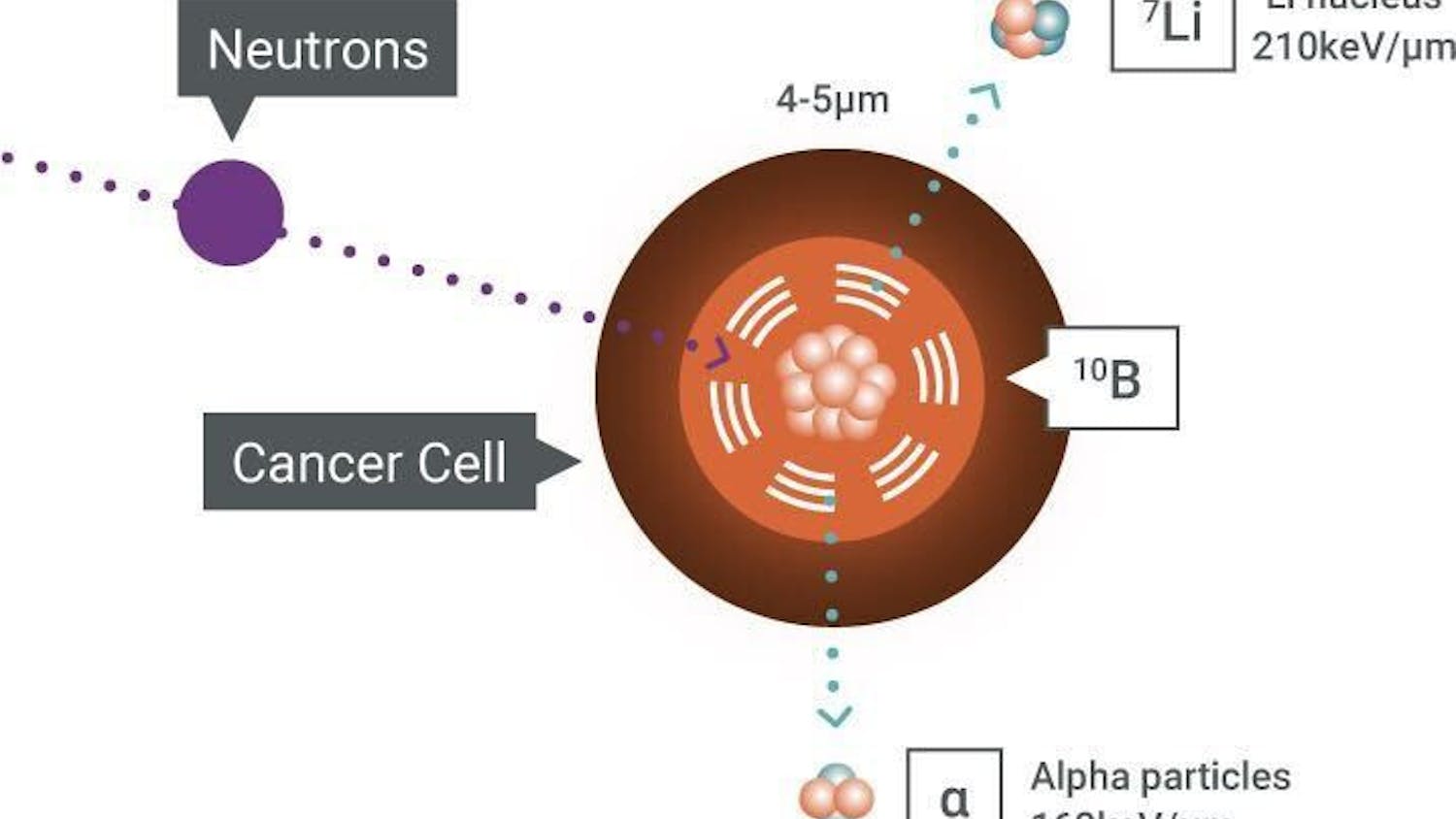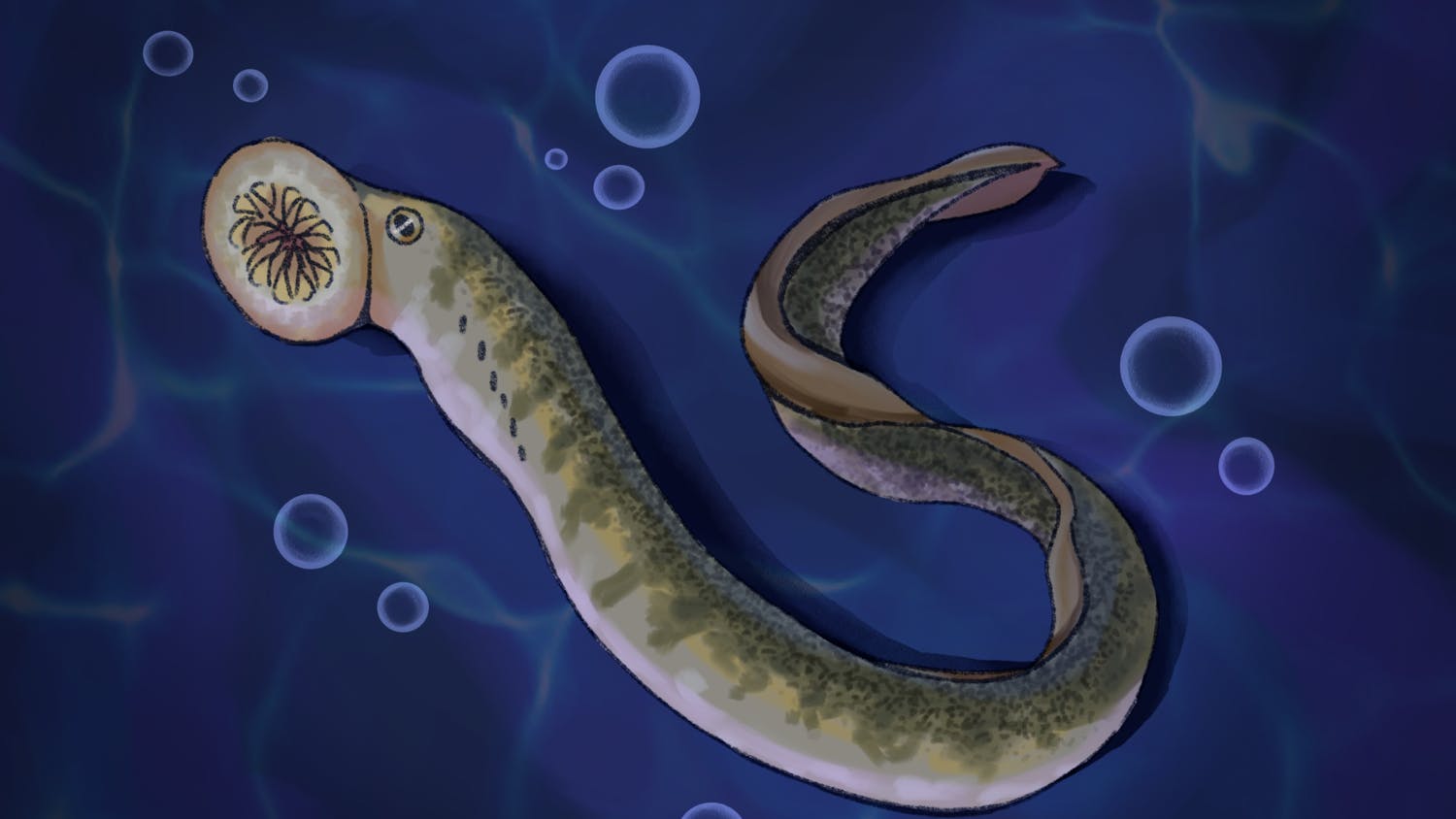Urban heat island effect is a direct result of urbanization, through its conversion of pervious areas, or permeable surfaces that promise the growth of plants, into impervious areas, or hard surfaces like cement sidewalks or parking lots.
The UHI effect means that the air in cities is warmer than the air in the countryside. One major reason is the lack of vegetation in urban areas, leading to the lack of evapotranspiration, a process during which the soil's water is converted into energy. Without urban vegetation, places are impervious and energy becomes heat storage, leading to air temperature increases.
Due to the UHI effect, urban plants become green earlier than those growing in surrounding rural areas. UW-Madison postdoctoral researcher Samuel Zipper, of the UW-Madison Water Sustainability and Climate Project, focused on the city of Madison to better understand how the UHI effect affects the annual plant cycle, or how the phenology varies spatially and temporally.
According to Zipper, his collaborators Jason Schatz and Christopher Kucharik working in the Nelson Institute have been monitoring Madison’s urban heat island for over three years. By using temperature sensors to monitor the climate and looking at satellite pictures, Zipper conducted the study together with his team.
“We’ve got a really dense network of temperature sensors. There are about 150 sensors spreading around the city of Madison,” said Zipper. “Madison is one of the most densely monitored and well-studied urban heat islands anywhere in the country, or in the world.”
Within the study site, Zipper’s team found that there are a lot of fine-scaled spatial variabilities that have impacts on the lengths of growing seasons within cities. In other words, the increased growing season resulting from the UHI effect does not uniformly distribute across a city.
“Using the densest temperature sensor network to explore fine scale differences within the cities is very unique,” Zipper said. “Most studies were using a few sensors here and there but we are able to look at very high resolution pictures of the city and that’s what allows us to make these claims that fine scale differences in pre-discover can make a big difference.”
The study had two different metrics. The first was the potential growing season. Based on the accumulated time period, Zipper and his team estimated the start and end of the growing season when the on-the-ground temperatures measured by the sensors exceeded critical thresholds for plant growth in the spring and fall. They found that the potential growing season was up to about a week longer in the center of the cities compared to the surrounding countryside.
The other metric was the actual growing season. To study that, Zipper’s team used 110 satellite images gathered between 2003 and 2013 to determine when, on average, the plants were getting green in the spring and turning brown in the fall. The difference between the temperature sensor data and the satellite image observations is that the actual growing season is up to about two weeks longer in the cities.
The comparison between the on-the-ground temperature sensor network and the satellite observations contributes to the uniqueness of this study, which is the first one of its kind. By comparing these two metrics to each other, and also to urban density within 500 meters of each sensor, Zipper and his team found the sensors indicated a longer potential growing season in denser urban areas. They then hypothesized that a similar pattern would exist within the satellite data.
Surprisingly, however, they discovered that the two metrics did not line up with each other, meaning that there is no relationship between them.
Zipper suggested that satellite data could tell the difference between the annual plant cycle but not necessarily the UHI. In fact, the actual growing season depends on what is growing on the ground. According to Zipper, more grass with fewer trees will make the actual growing season longer than potential growing season; less grass with more trees will lead to an actual growing season a little bit shorter than potential growing season. While grasses are temperature-insensitive and keep growing while covered by snow, trees are sensitive to temperature change, so satellite data may not be the best way to separate the temperature-based effects of urbanization from plants overall.
“Having more green space decreases the amount of urban heat island effect,” Zipper said. “Even adding a little bit of green space has benefits in cities.”
This means that even relatively small green areas, such as urban parks, can overcome the warming effect and make a difference in the growing season by normalizing its length.
This study of how the UHI impacts plants’ growing seasons conveys an optimistic message that the local decisions and actions can make an impact on UHI.
This is most important in the design of the cities. According to Zipper, a deeper understanding of the strong impact of urbanization on vegetation can inform urban developers in designing more sustainable cities with minimally harmful effects of UHI. As Zipper suggests, one thing that needs to be kept in mind is that it might be easy to go from a green space to a building, but it’s a lot harder to go return to such a grassy terrain.





